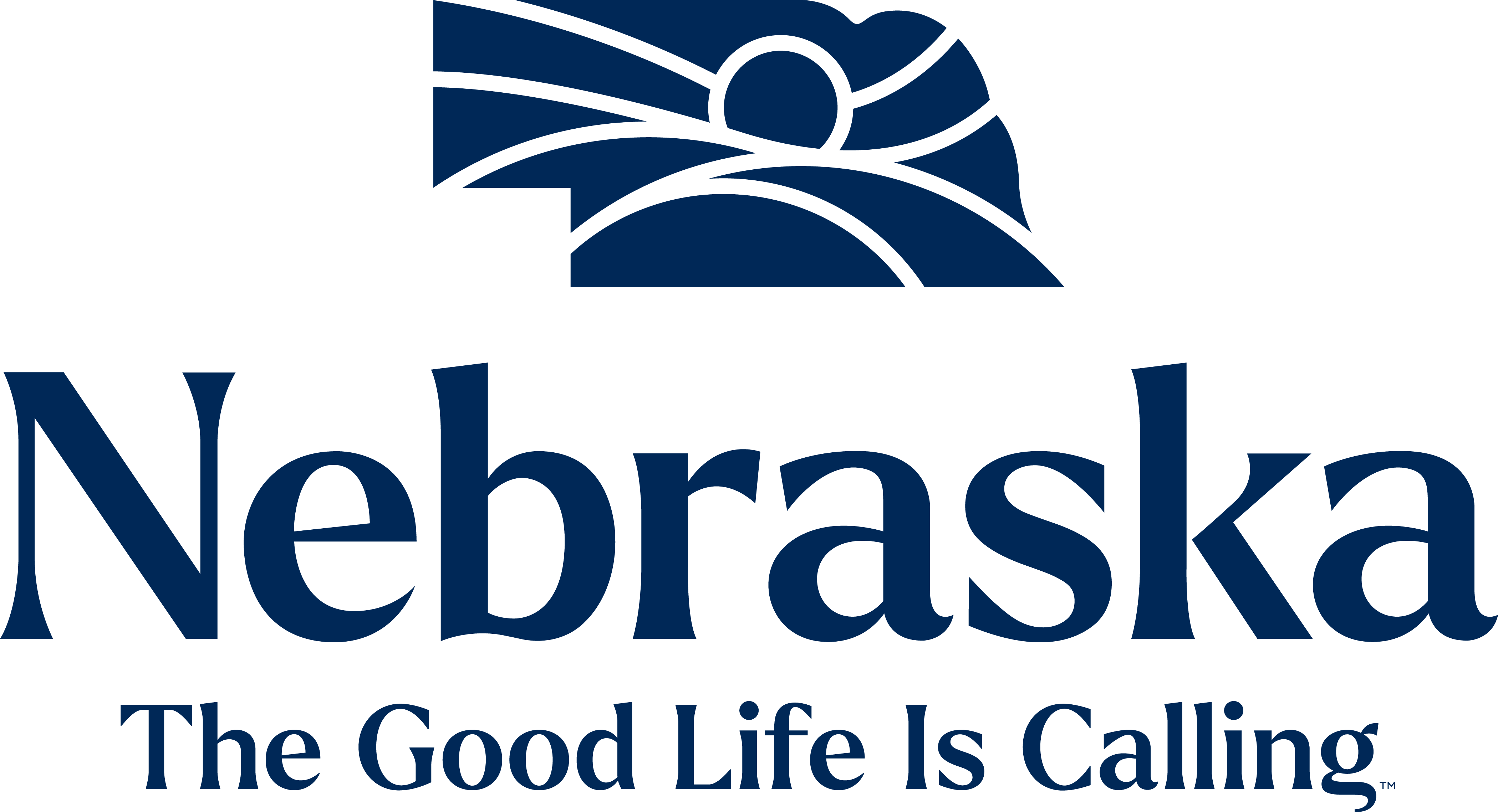CDBG Funding Opportunities & Application Deadlines
Economic Development
Loans to businesses or infrastructure construction projects undertaken for economic development purposes.
Application Period: July 1, 2024 to June 30, 2025
Public Works - Infrastructure
Sewer and water systems, drainage improvements, streets, sidewalks, removal of architectural barriers, and other public infrastructure.
Application Deadline: Sept. 15, 2024
Planning
Supports project-related studies, data collection, paths to implementation, and the preparation of plans, such as housing studies, comprehensive plans, downtown revitalization plans and historic preservation studies.
Application Deadline: Sept. 15, 2024
Tourism Development
Funding is for tourist attractions expected to draw 2,500 visits annually.
Application Period: July 1, 2024 to June 30, 2025
Public Works - Facilities
Fire stations & trucks, non-profit daycare centers, senior centers, community centers, libraries, tornado shelters, removal of architectural barriers, parks.
Application Deadline: Sept. 15, 2024
Downtown Revitalization
Revitalization efforts located within the downtown business district, including historic restoration; removal of architectural barriers; and/or loans to businesses for façade improvements, signage, and/or to meet community codes.
Application Deadline: Sept. 15, 2024
Grant Management Resources
This page will provide technical assistance on using AmpliFund to apply for and manage grants awarded by DED.
Stay up to date on the latest news.
Subscribe to the CDBG Program email lists here.
Have questions about CDBG?

